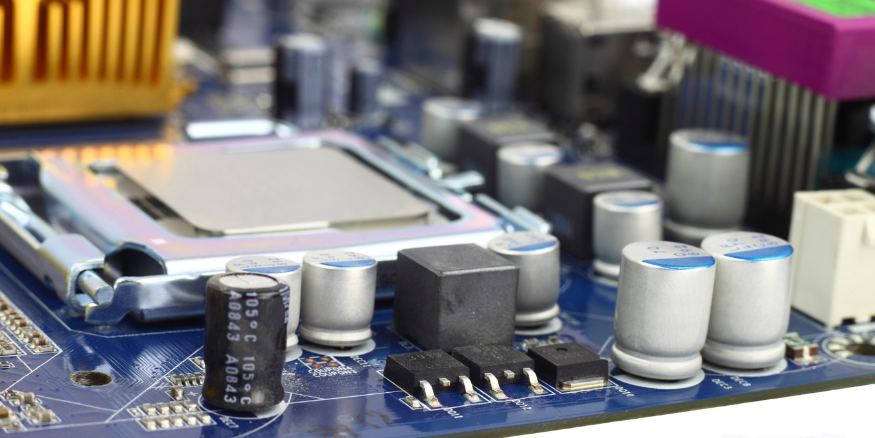Selecting the appropriate components for building or upgrading a computer can be an arduous task. One such conundrum is deciding on the most suitable heatsink material for your processor. Copper and aluminum are two widely used materials for heatsinks, but choosing between the two can be perplexing. In this article, we’ll delve into the differences between copper and aluminum heatsinks and assist you in making an informed decision.
When comparing copper heatsink vs aluminum, there are several key differences to consider. Copper heatsinks have been a popular choice for many years because of their exceptional thermal conductivity. Copper is a remarkably conductive material that expeditiously transfers heat away from the processor, keeping it cool.
Copper heatsinks
Copper heatsinks have remained a top choice for computer builders for several years due to their high thermal conductivity, which allows for quick transfer of heat from the processor, thus maintaining the processor’s cool temperature. Copper heatsinks are also durable and resistant to corrosion, thus providing a long-lasting option. However, copper heatsinks come at a higher price tag and are heavier than their aluminum counterparts.
Aluminum heatsinks
Aluminum heatsinks, on the other hand, are less expensive and lighter than copper heatsinks, making them a more economical option. Aluminum is also more malleable, making it easier to work with during the manufacturing process. However, aluminum has a lower thermal conductivity compared to copper, meaning it may not be as efficient in dissipating heat. Additionally, aluminum heatsinks are susceptible to damage and oxidation.
Key differences between copper and aluminum heatsinks
Copper and aluminum are quite dissimilar materials with distinctive properties that may affect how well suited they are for usage in heatsinks. As copper is a heavy, thick metal with good thermal conductivity, it is frequently used in high-performance heatsinks. Furthermore, because to its high melting point, it is perfect for usage in situations with high temperatures. Nevertheless, copper is more costly than aluminum, and in some applications, its weight might be a problem.
Contrarily, aluminum is a lightweight material that is far less expensive than copper. Although though it has less thermal conductivity than copper, it is nevertheless a useful material for heatsinks. Also, due to its extreme malleability, it is simple to mould into various patterns and forms. However, in high-temperature situations, aluminum’s lower melting point than copper can be problematic.
Budget and availability
While choosing a heatsink material, it’s crucial to take availability and price into account as well. Aluminum is less costly than copper, which may be a consideration for individuals on a limited budget. The availability of copper heatsinks, which may not be as common as aluminum heatsinks, might also be a problem.
Choosing between copper and aluminum heatsinks involves several considerations such as the processor’s specifications and type, cooling efficiency, budget, and availability. The processor’s heat output and cooling requirements dictate the heatsink’s efficiency, while budget and availability determine the type of heatsink one can afford.
Advantages and Disadvantages
Both copper and aluminum heatsink have their advantages and disadvantages. Choosing the right heatsink ultimately depends on one’s needs and preferences. For high-performance applications, copper heatsinks provide the best option, while for less demanding applications, aluminum heatsinks are a more affordable option. Remember, the right choice of heatsink ensures your computer runs optimally with cool and stable temperatures.
Bonus Read
The selection of a heatsink material is a crucial aspect of electronic device design, as it impacts the device’s overall performance, efficiency, and reliability. Copper and aluminum are the two primary materials used in heatsinks, with each having its own unique set of characteristics that make it more or less suitable for specific applications.
By considering the processor type and specifications, cooling requirements and efficiency, and budget and availability, designers can make an informed decision on the best heatsink material to use for their particular application. In the end, a properly constructed heatsink made of the suitable material can guarantee optimum performance and guard against overheating-related damage to electronic equipment.

